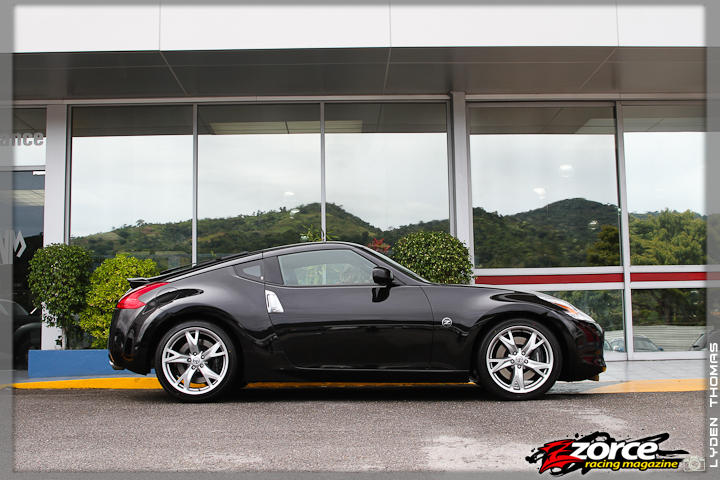
Toyota’s 86: the Ultimate Underdog
One of the most legendary cars from Toyota is the AE86 Corolla/Trueno hatchback. This small, lightweight, rear-wheel drive sporty economy car gained notoriety in Japan for its tuning potential, proficiency in drifting and for defeating more powerful and advanced cars in downhill road races and in motorsport. It is widely respected as a car that teaches its driver how to exploit and occasionally, defy the laws of physics.
The car even became a co-star in Initial D, which is a must-see Japanese anime series for any serious enthusiast. The protagonist Takumi Fujiwara delivers tofu in an AE86, which he also races on various mountain roads. A few seasons later, he drives his father’s Subaru, an Impreza WRX STi Type R Version V. Tak soon realises that his old, beloved Hachiroku (86 in Japanese, referring to the AE86) cannot keep up. It seems destined (to Initial D fans at least) that Toyota and Subaru should work together. Toyota owns a 16.5 per cent stake of Fiji Heavy Industries, the parent company of the Subaru brand, making such a venture even more feasible for both parties. In reality, this effort that has finally delivered a production car and over 90 per cent of the parts used are specific to the shared platform. It is known as the Toyota 86, or GT86 in some markets, the Subaru BRZ or the Scion FR-S in others. Along with badging, there are subtle exterior and larger interior differences and unique suspension calibrations. All models carry dual exhaust pipes. The 86 also pays homage to the Toyota 2000GT and the boxer-engined Toyota 800.
- Written by Narend Sooknarine
- Category: Driving Impressions


